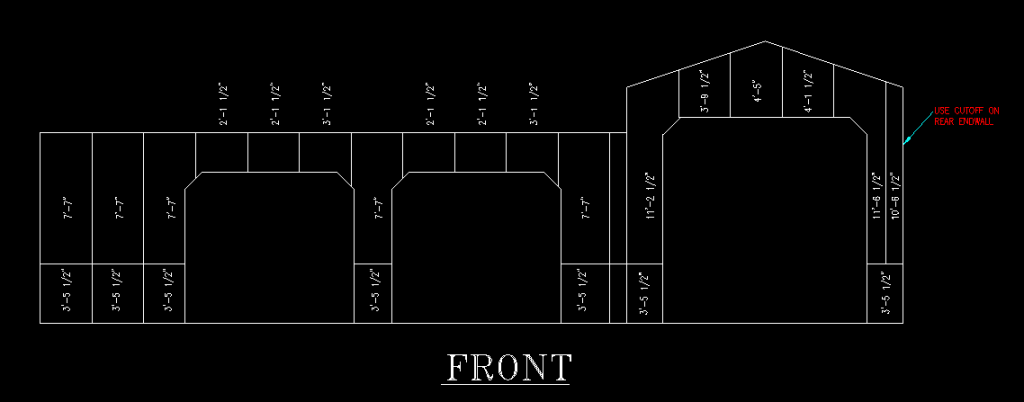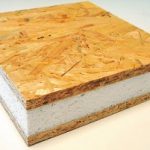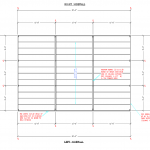How to Clearspan the Juncture of L or T shaped Post Frame Buildings
There are some instances where either an L or a T shaped building is the design solution of choice. In some cases it is due to the shape of the property being built upon. Other times it is a result of ideal materials flow either for storage, manufacturing or a combination of the two. It could also be for aesthetic reasons – to create a particular look or feel.

Factors which will influence the structural solution are many, and can include a combination of the following:
- Distance (or span) of the structural member which will be carrying the load.
- Will the structural member also be carrying a portion of the roof load in the direction away from the span to be carried?
- Width of span being carried – the structural member will have to support one-half of the span of the roof being carried (the other half being transferred to the columns on the opposite wall).
- The live, snow and dead loads to be carried by the roof.
- Design of the columns at each end of the structural member – both in adequacy for carrying the larger compressive (gravity) loads, as well as the wind loads which would have normally been carried by the columns which were replaced by the structural members.
So, with all of the above in mind, what are the possible solutions?
- If the spans and loads are relatively small, the first choice and least expensive is to use a “girder” truss or trusses. Trusses from the span to be carried would be connected to the bottom chord of the structural member girder truss. Most often the limitation of this system is the load capacity of the connecting hanger.
- Steel “I” beam – brings back fond memories of the first construction project I did working for my dad and uncles as a teen. We had to fire wrap steel columns and beams being used in otherwise wood construction with seemingly layer upon layer of fire resistant gypsum . Then there are the connection challenges of steel beam to wooden columns and wood trusses to steel beam. I tend to avoid this choice as a possible design solution.
- Parallel chord flat trusses – can carry fairly large loads, but start to get fairly deep. The spans being carried can connect over the top chord of the flat trusses, making for a relatively simple connection. If headroom below is not a challenge, these can prove to be an affordable solution.
- LVL or Glulam beams – LVLs can be obtained which have higher Fb (fiberstress in bending) values than glulams. If the span of the beam is very great, deflection of the beam can become an issue to be reckoned with.
Have an interesting building in mind which may pose structural challenges with other building systems? If so, then a post frame building might be the design solution of choice.









